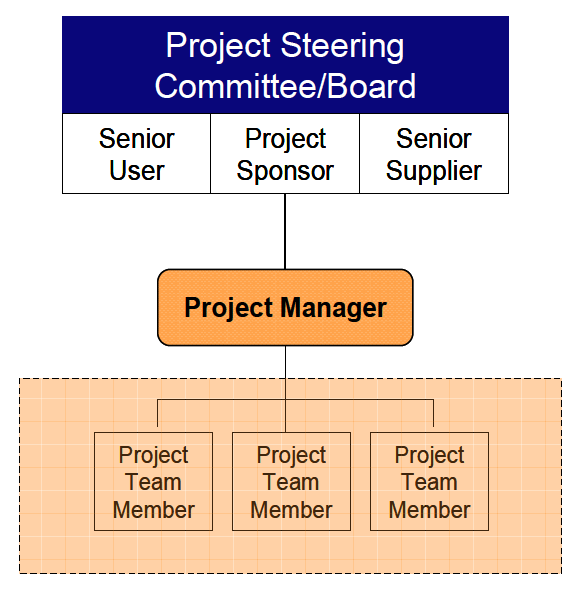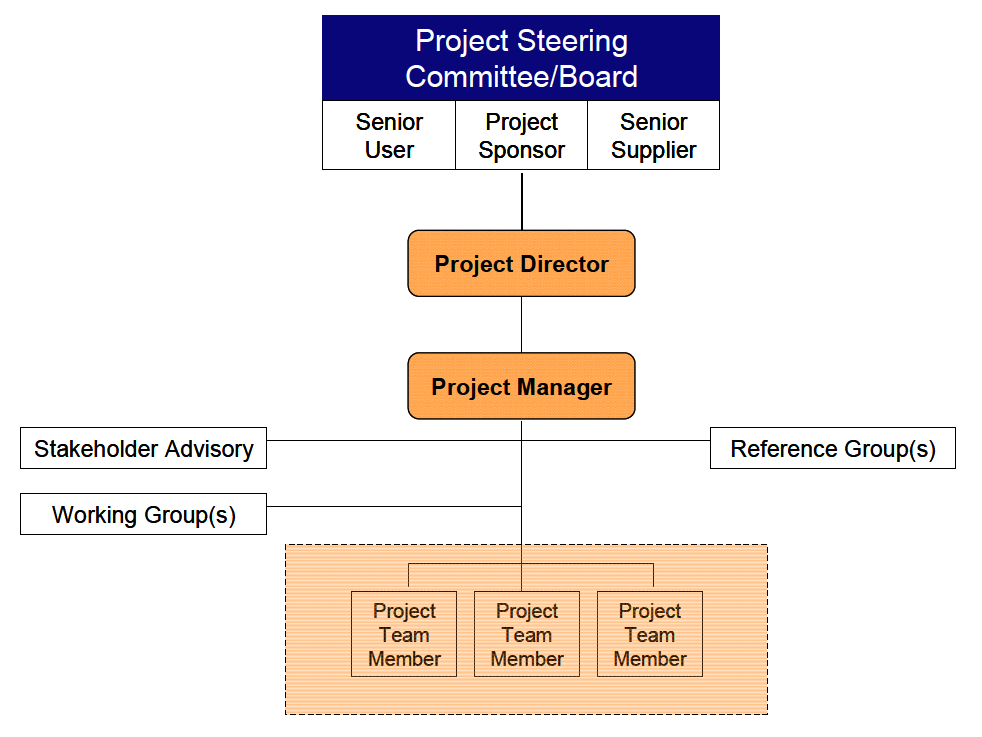Project, program and portfolio governance, the basis of successful delivery
The governance and organisational structure put in place for projects, programs and portfolios is vital to be able to deliver on time, on cost, with the desired quality, but more importantly to deliver to stakeholder expectations.
What is meant by ‘governance’?
Governance is a framework within which project/program decisions are made. Governance is multi-faceted and a well structured governance model provides:
- Clear roles, responsibilities and accountabilities
- Clear reporting
- Clear information flows
- Clarity of stakeholders
- Clear scope
- Clear financial authorities
- Ethics
- Dispute and conflict resolution escalation channels
- Obvious delivery model overlays
- Apparent meeting schedules
Without a good governance and organisation structure, team members do not have clear roles and responsibilities. Without these there is the potential for duplication of effort, leading to frustration and tension between team members as they see others doing similar if not the same thing as themselves. This can foster non-engagement as the individual thought pattern kicks in of ‘why should I push myself or waste my time if someone else is doing this?’ When team members disengage from a project, the amount of time to do a task increases, quality tends to reduce, and rework is required. All of which leads to cost increase and time delays.
However, project, program and portfolio governance and organisational structures need to be thought through carefully to cater for the environment in which they are delivering. This article provides some clear basic models to use as a framework. These models have been adapted and used in multiple environments. They have been fundamental to the successful delivery of projects, programs and portfolios.
Project governance
Projects are groups of related activities, are task oriented and are typically managed using traditional approaches. Project management frameworks can be used to bring about consistency in the management and delivery of projects across an organisation. Maturity in project practices has been found to be strongly correlated to better and more predictable project performance and lower direct project management costs. Projects have their own governance structure, which is separate to organisation governance structures. Projects are typically operational, run in one function and can bring about procedural change.
For smaller projects, a complex structure would be unnecessarily unwieldy and a simplified structure could be used as shown below:
For more complex projects, a more supportive structure (below) is necessary to broaden political support. The governing body ensures that there is strong sponsorship, competent teams, stakeholder involvement and monitoring systems in place.



